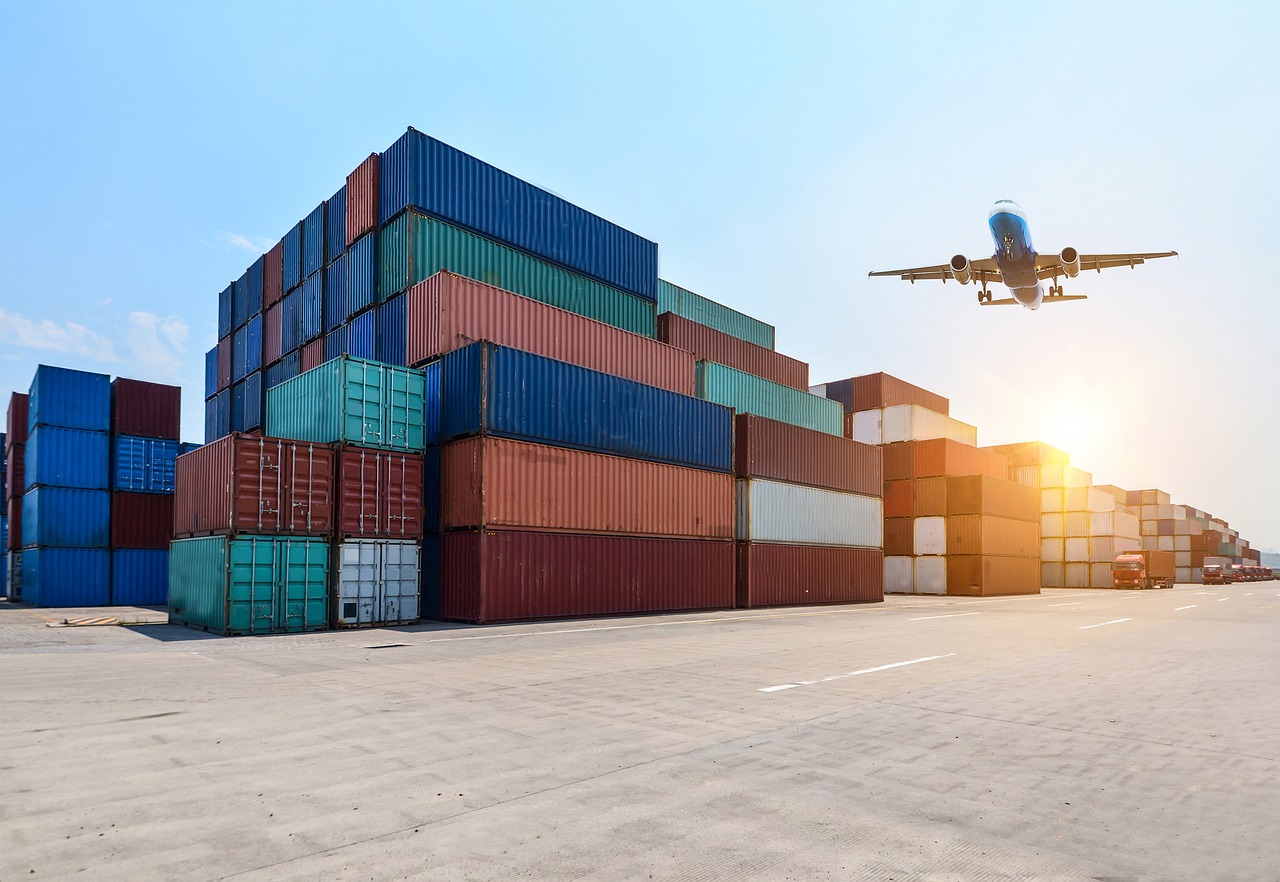
China’s export growth continued its upward trajectory in August, delivering a significant boost to the country’s economic outlook amid concerns over slowing domestic demand. Official data released by China’s General Administration of Customs showed that exports surged by 8.7% year-on-year, far exceeding the 6.5% growth anticipated by economists. This marks the fastest pace of export expansion in nearly 18 months and reflects growing global demand for Chinese goods.
Record High Exports Amid Global Demand
China’s export value in August reached $309 billion, marking the highest figure since September 2022. The growth in outbound shipments was broad-based, with key markets such as the European Union, the United States, and the Association of Southeast Asian Nations (ASEAN) showing double-digit increases in demand for Chinese products. Notably, exports to the European Union rose by 13%, while shipments to the U.S. grew by 5.1%.
The robust performance of China’s exports stands in stark contrast to its sluggish domestic economy, which continues to struggle with a depressed property sector and low consumer demand. Analysts suggest that the weaker-than-expected performance of imports, which rose by a mere 0.5% compared to the expected 2% increase, highlights the broader challenges facing China’s economy.
Zhiwei Zhang, chief economist at Pinpoint Asset Management, was quoted by Bloomberg as saying that “China’s economy continues to show diverging trends with weak domestic demand and strong export competitiveness.”
“The question is how long exports can stay strong given the weakening US economy and the rising trade tension,” he added.
Weaker Domestic Demand Stifles Imports
While exports remained a bright spot, imports have been underwhelming, reflecting China’s ongoing domestic struggles. Imports of key commodities such as iron ore and crude oil saw declines, with iron ore imports dropping by 4.7% from a year earlier, largely due to a slowdown in construction and industrial activities. The weakening of imports, which include parts for re-export in sectors like electronics, raises concerns that future export performance may be affected if domestic demand fails to recover.
Trade Surplus Widens, But Long-Term Challenges Loom
The data also revealed a substantial trade surplus of $91 billion in August, up from $84.65 billion the previous month, driven by the disparity between export growth and lagging imports. While the widening trade surplus is positive for short-term growth, experts warn that China’s reliance on exports could expose the economy to external risks. Rising trade tensions with key markets, including the U.S. and the European Union, present significant challenges, particularly as these regions introduce tariffs on Chinese electric vehicles and other goods.
Outlook: Resilience in Exports, But Risks Remain
According to Reuters, despite the uncertainties in the global and domestic markets, analysts expect China’s exports to remain resilient in the short term. Favorable exchange rates and the cost competitiveness of Chinese goods are likely to support continued strong demand abroad. However, with trade barriers rising and China’s domestic economy showing few signs of recovery, policymakers in Beijing face a difficult balancing act. Efforts to stimulate domestic consumption and reduce reliance on exports may be crucial to sustaining long-term economic growth.
China’s manufacturing sector continues to grapple with weak domestic demand, as indicated by a contraction in factory activity for the fourth consecutive month in August. The Purchasing Managers’ Index (PMI) slipped to 49.1, signaling a contraction in output. The government has ramped up fiscal spending and investment in key sectors to counter these trends, though the effectiveness of these measures remains to be seen.
As China navigates these challenges, its ability to maintain strong export growth in the face of global headwinds will be a key factor in determining the trajectory of its economic recovery in the months ahead.
